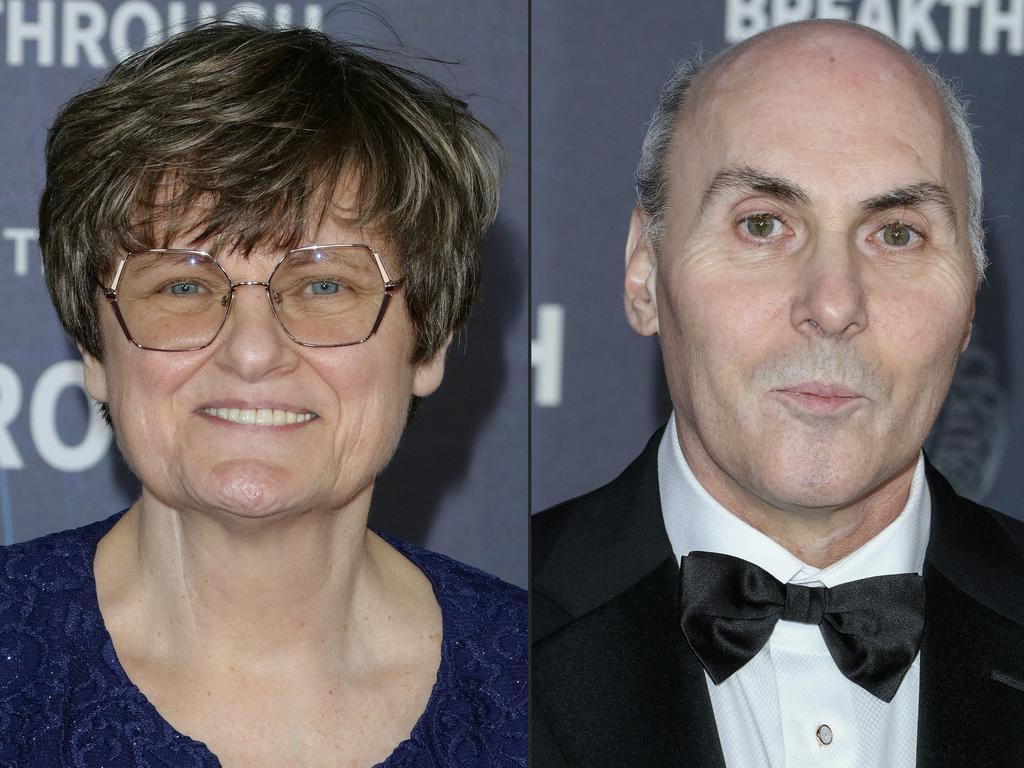Research shows how to maximise employee productivity with a growing ADHD population
More than 600,000 Australians have symptomatic attention deficit hyperactivity disorder, but researchers have found ways to make those with ADHD better operators in the workforce.
With an increasing number of ADHD diagnoses across the world, new research has honed in on what people with the developmental difference need to work at their best, such as a detail-oriented mindset and a preference for working on their own.
Three per cent of the world’s population has been diagnosed with ADHD, including over 600,000 adult Australians. However, up to 6.8 per cent of adults show symptoms of the neurodivergence, with studies suggesting a vast number of people remain undiagnosed.
As some professions display higher rates of workers with ADHD, research is growing into how best to tackle the issue.
Workplace software development company Fingerprint For Success (F4S) surveyed over 700 people from June 2022 to October 2023, collecting responses from 71 countries. The results found workers with ADHD had strong preferences for working in environments that made them different to the average worker, such as higher motivation in solo environments and a focus on problem-solving rather than goal-setting.
Other findings showed that ADHD employees had a preference for a higher focus on detail, were more open-minded, expressed higher lateral thinking and a greater interest in commercial performance.
This was measured by assessing the average preferences and test results of the working population compared with the average of those with ADHD. As an example, ADHD preferences for work in a solo environment were 1.5 times higher than the average person in the workforce.
Receiving an ADHD diagnosis is a long process that takes at least six months, but F4S founder Michelle Duval said the average is closer to two years, with diagnoses often more favoured towards males.
“We’re getting more young girls finally getting tested,” Ms Duval told The Australian. “We’re just on the precipice of [ADHD] awareness in the world, and as a result of that, we’re seeing more diagnoses.”
Ms Duval said they found many successful artists and entrepreneurs to live with ADHD, mentioning business magnate Richard Branson, Ikea founder Ingvar Kamprad, and Barbie director Greta Gerwig.
“When people are in roles where they play to their natural strengths, they get more energy, they get more confident, and they do better at work,” she said. “There are absolutely challenges that people who have ADHD face. But how [many] of those challenges are designed by a workforce that‘s designed around neurotypical people, versus a workforce that’s designed for everyone?”
Gina McClement was diagnosed with ADHD at 44 years of age, and now works as a counsellor for others who have the developmental difference, a drastic career change from working in the corporate sector.
“I feel really strongly about that experience that people living with ADHD often have, which is that sense of never belonging and never quite fitting in,” she told The Australian. “And I think when we‘re in workplaces that aren’t conducive to our ADHD brains, that feeling … can be really amplified.”
Ms McClement said that when she began looking into her symptoms, she faced scepticism at her diagnosis because of her success when she was younger. “Bright young girls back then did not have ADHD,” she said. “Now we understand so much more: we understand the female presentation. We understand that hyperactivity can be a lot more internalised.”
Lindsay Moss, co-founder and CEO of creative studio StarTimeLIVE, only discovered he had ADHD a year ago, after the Covid pandemic caused him to spend more time on administrative work.
“Keeping on task was incredibly difficult,” he told The Australian. “I’m someone who’s quite tactile and, needs to be out there doing things.”
“It’s not something that just means I can’t manage time, I can’t complete tasks, I can’t get focused enough,” he said. “There are all these other strengths that come with it, that I can now focus on and manage.”







To join the conversation, please log in. Don't have an account? Register
Join the conversation, you are commenting as Logout